16 Common Toys That Were Actually DIY Projects in the 1960s
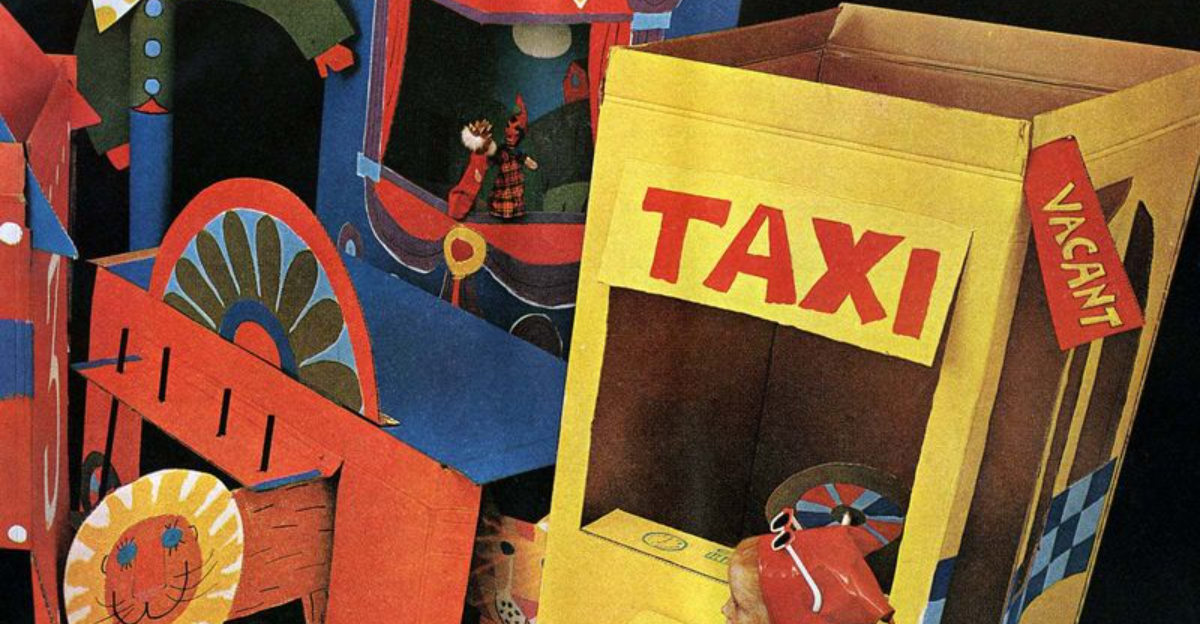
Take a nostalgic journey back to the 1960s, a time when creativity and imagination transformed everyday household items into cherished toys. Children didn’t rely on store-bought gadgets; instead, they crafted their own entertainment.
From handcrafted go-karts to homemade dollhouses, these popular childhood pastimes were made with love, ingenuity, and whatever was available at home.
1. Handcrafted Go-Karts
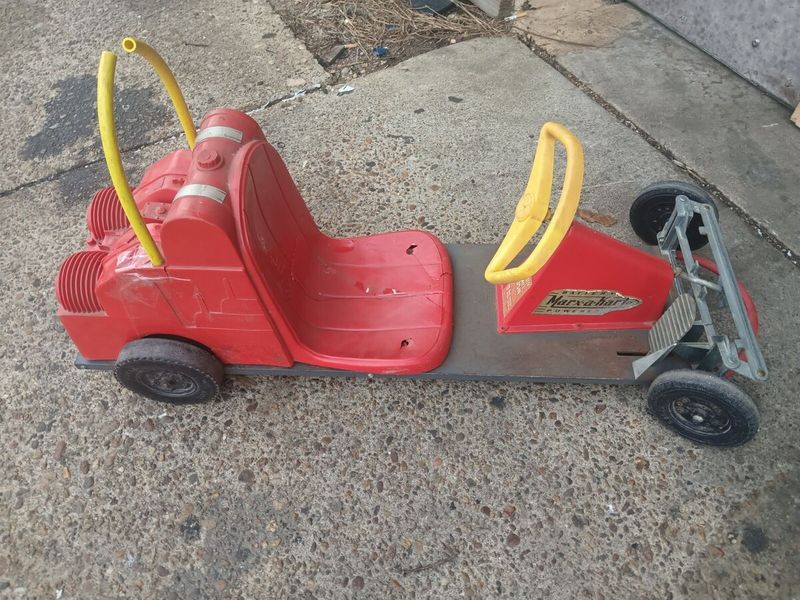
In the 1960s, crafting a go-kart was a rite of passage. Kids would gather wooden crates, old wheels, and rope handles to create their dream racer.
These homemade vehicles provided endless fun as children zoomed down neighborhood streets. Constructing a go-kart required both creativity and basic mechanical skills, making it a valuable learning experience.
The thrill of speeding down a hill in a handcrafted vehicle was unmatched. This DIY project fostered a sense of accomplishment and teamwork as friends collaborated on their creations. Go-karts symbolized freedom and innovation in a pre-digital world.
2. Homemade Dollhouses
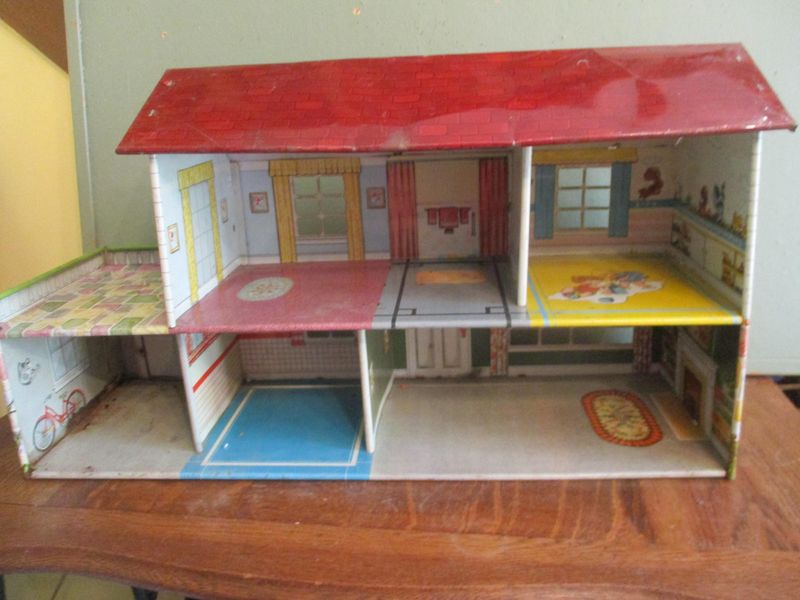
Dollhouses were a favorite DIY project among young girls in the ’60s. Using cardboard boxes and fabric scraps, children built miniature homes filled with personality. Each room was decorated with hand-drawn wallpaper and furniture made from everyday items.
Creating a dollhouse was more than crafting; it was storytelling. Kids imagined elaborate lives for their dolls, furnishing their homes with love and creativity. These unique homes reflected the child’s personality and resourcefulness.
Making a dollhouse encouraged imagination, providing endless playtime adventures and cherished memories.
3. Tin Can Telephones

Tin can telephones were a simple yet magical creation for kids in the 1960s. All it took was two empty cans and a string stretched between them to create a makeshift communication line. Speaking softly into one end, children would giggle as their words traveled along the string to a friend on the other side.
Building a tin can telephone wasn’t just fun — it was an early lesson in sound and physics. The sheer wonder of making voices travel without electricity sparked curiosity and joy.
These humble gadgets connected friends for hours of secret chats, proof that the best toys often came from imagination and a little ingenuity.
4. Slingshots from Branches

The trusty slingshot was a must-have for any adventurous child. With a Y-shaped branch and some rubber bands, kids crafted these simple yet effective tools. Whether aiming at cans or imaginary foes, slingshots provided hours of outdoor fun.
Crafting a slingshot required precision and patience. It was a lesson in physics and coordination, as kids learned to aim and shoot. This DIY project was a rite of passage, teaching resourcefulness and responsibility. Slingshots embodied the spirit of adventure that defined childhoods of the era.
5. Cardboard Box Forts
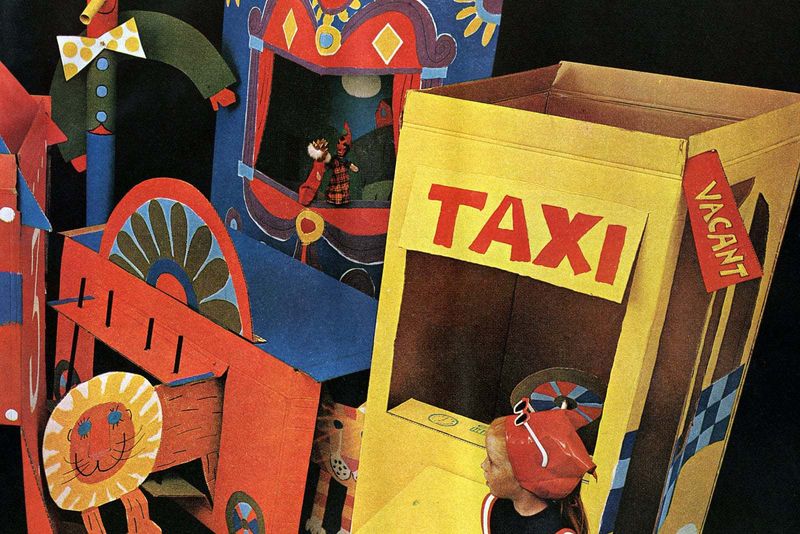
Cardboard box forts were the ultimate hideaway for imaginative kids. Large boxes, often from household appliances, were transformed into castles, spaceships, or secret clubs. With cut-out windows and doors, these forts became portals to new worlds.
Building a cardboard fort was a collaborative effort, sparking creativity and teamwork. It provided a space for children to dream and play, away from the adult world.
These forts were more than just play structures; they were a testament to the power of imagination and friendship in the 1960s.
6. Marble Mazes
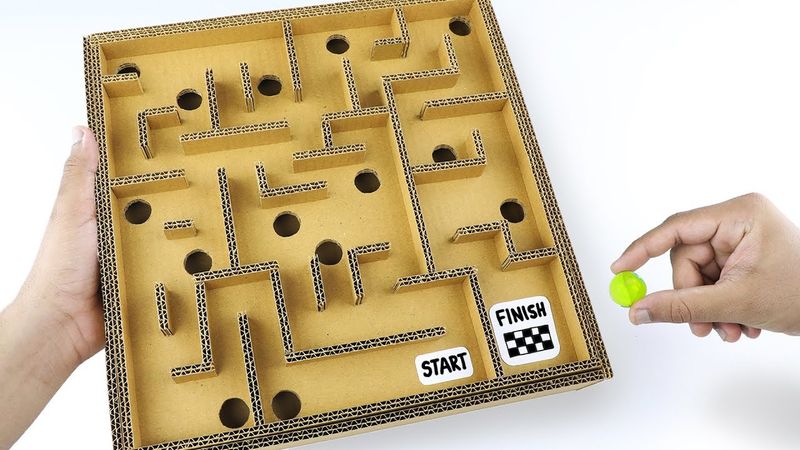
Marble mazes were the ultimate test of patience and creativity. Kids crafted elaborate courses using cardboard, wood pieces, or anything they could find around the house. Watching a marble navigate twists and turns brought a deep sense of satisfaction and accomplishment.
Designing these mazes wasn’t just play—it taught kids to experiment with angles, slopes, and cause and effect. Each attempt to guide a marble to the finish line was a blend of problem-solving and fun.
More than a toy, marble mazes were miniature engineering projects that reflected the imaginative spirit of the ’60s DIY culture.
7. Homemade Sock Puppets
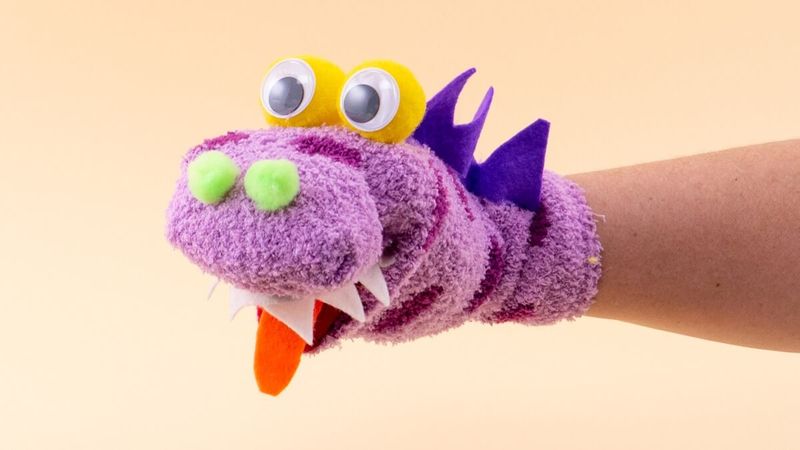
Sock puppets brought stories to life in the hands of young puppeteers. With just an old sock, buttons, and fabric scraps, children created whimsical characters with personalities all their own. These puppets starred in countless improvised plays.
Crafting a sock puppet was a lesson in creativity and storytelling. Kids developed characters and plots, enhancing their communication skills. Puppet shows were a beloved pastime, filled with laughter and imagination.
These simple toys encouraged expression and creativity, leaving lasting memories of joy and ingenuity.
8. Homemade Pogo Sticks
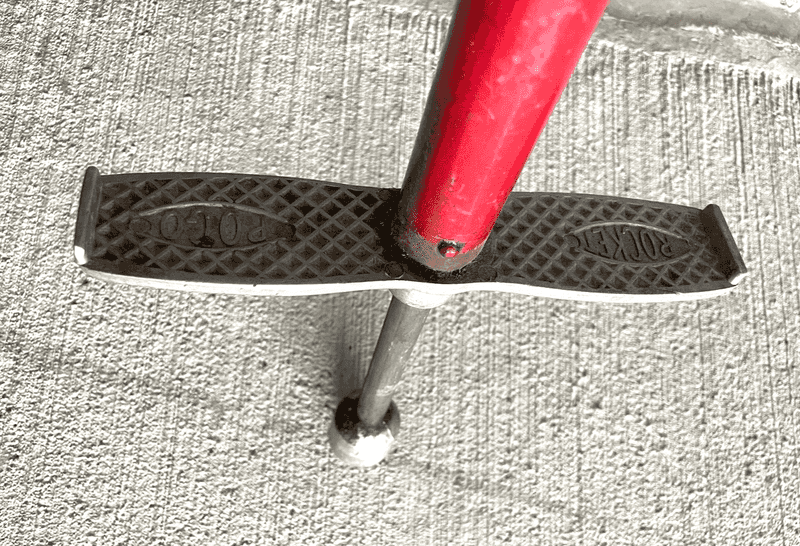
Homemade pogo sticks were a testament to kids’ ingenuity. Using a sturdy pole and repurposed springs, children crafted these bouncy wonders. Mastering the pogo stick was a challenge that rewarded persistence and balance.
Building and bouncing on a pogo stick was pure exhilaration. It represented freedom and the thrill of movement, as kids hopped down sidewalks and driveways.
Pogo sticks were more than toys; they were a celebration of physical coordination and creativity in action, capturing the adventurous spirit of the 1960s.
9. Clothespin Airplanes

Clothespin airplanes took flight straight from the kitchen drawer. With a simple clothespin for the body and paper or cardboard wings, children built these little flyers to soar across living rooms and backyards. Personal touches like hand-drawn designs and bright colors made each one unique.
These DIY airplanes taught basic lessons in balance and flight, as kids adjusted their wings for better glides. More than just toys, they were a hands-on way to explore aerodynamics and let imaginations take off.
Every launch was a small adventure, making clothespin airplanes a favorite pastime for young aviators of the era.
10. Bottle Cap Skipping Stones
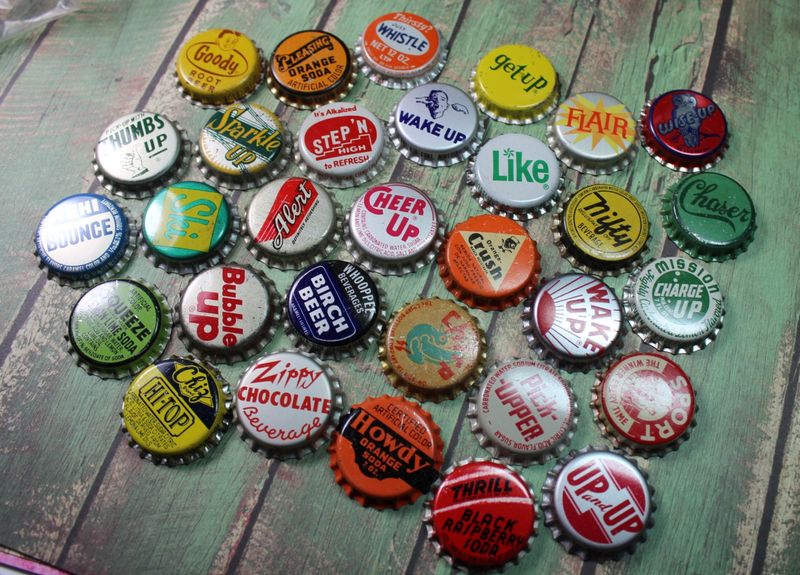
Bottle cap skipping stones turned mundane objects into sources of joy. Kids collected caps from bottles, perfecting their skipping techniques across ponds and puddles. Each successful skip was a triumph of skill and precision.
Crafting and using these stones was an exercise in physics and fun. It required practice and observation, as children adjusted their throws and angles. Skipping bottle caps connected kids to nature, offering simple pleasures and moments of pure delight.
This activity was a cherished part of playtime, celebrating the beauty of the ordinary.
11. Paper Mache Masks

These special masks transformed children into artists and actors. Using newspaper strips and glue, kids crafted masks that reflected their wildest imaginations. Painted with vibrant colors, these masks became gateways to new identities.
Creating a paper mache mask was a messy and rewarding process. It encouraged artistic expression and storytelling, as children invented characters and scenarios. Each mask was a unique masterpiece, celebrated in neighborhood plays and parades.
Paper mache masks embodied the creative spirit, offering limitless possibilities for play and self-discovery.
12. Yarn and Stick God’s Eyes
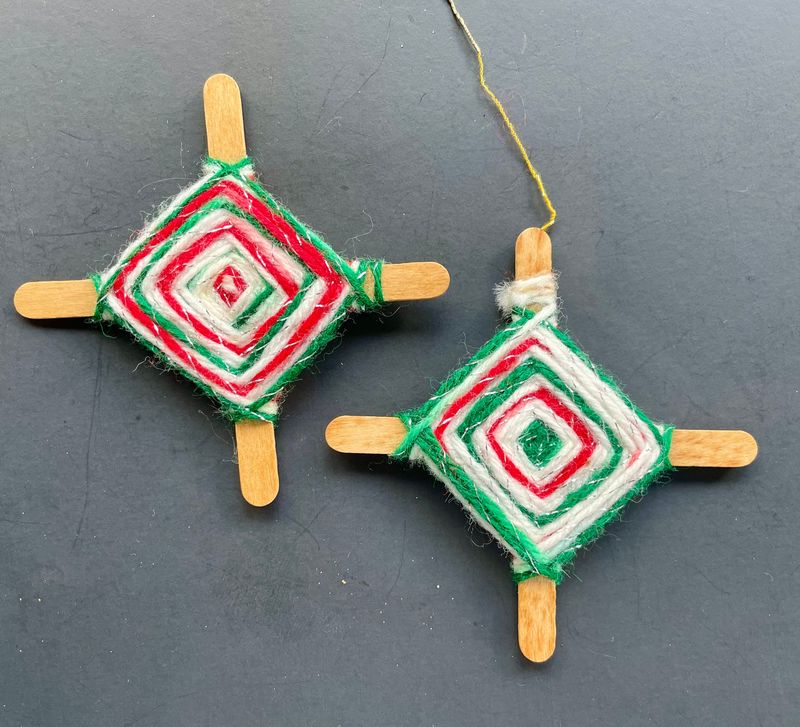
God’s Eyes were a colorful craft project that blended creativity with tradition. Made by weaving vibrant yarn around two crossed sticks, these mesmerizing decorations were often created at summer camps or during quiet afternoons at home.
Making a God’s Eye taught patience and coordination as kids wrapped layer after layer to form geometric patterns. Each creation was a reflection of the maker’s imagination, with color combinations as unique as the child themselves.
Beyond being beautiful keepsakes, God’s Eyes were a cherished way to connect with art and culture, bringing a sense of accomplishment and pride when completed.
13. Homemade Kites
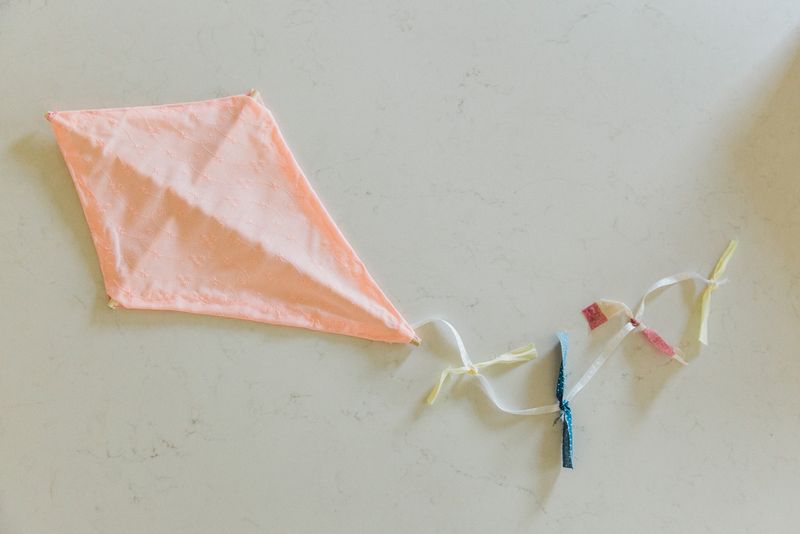
Flying a homemade kite was a magical experience. With paper, sticks, and string, children crafted kites that danced in the wind. Each creation was unique, reflecting the maker’s personality and skill.
Building a kite was an exploration of engineering and art. Kids experimented with shapes and materials, learning about lift and aerodynamics. The thrill of seeing a kite soar high was a reward for their hard work and creativity.
Homemade kites captured the joy of flight and the wonder of the natural world, making them a beloved DIY project.
14. Tissue Box Guitars
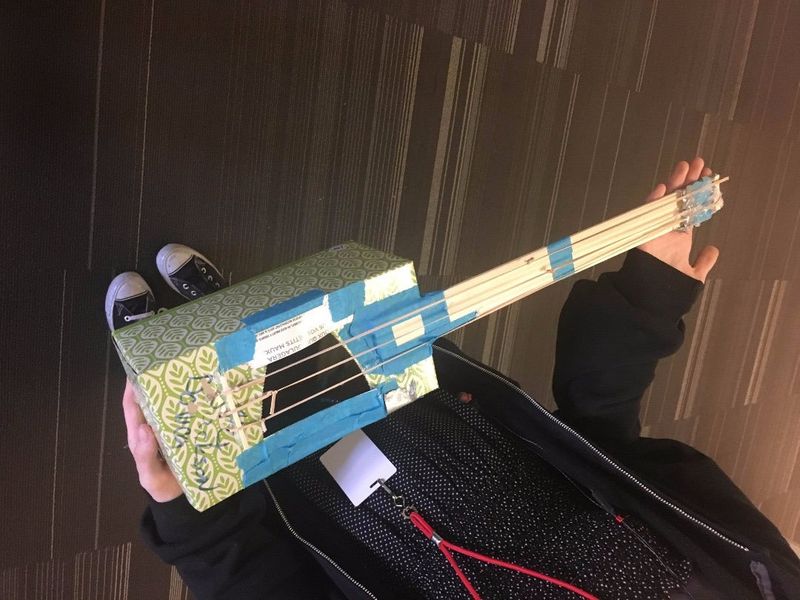
Tissue box guitars turned aspiring musicians into rock stars. Made from a tissue box, rubber bands, and a cardboard tube, these instruments were simple yet satisfying. Children strummed tunes, imagining themselves on stage.
Creating a tissue box guitar was a musical adventure. It taught kids about sound and vibration, encouraging an appreciation for music. These guitars were a starting point for many musical journeys, sparking creativity and performance.
Tissue box guitars were more than toys; they were a celebration of imagination and self-expression.
15. Homemade Yo-Yos
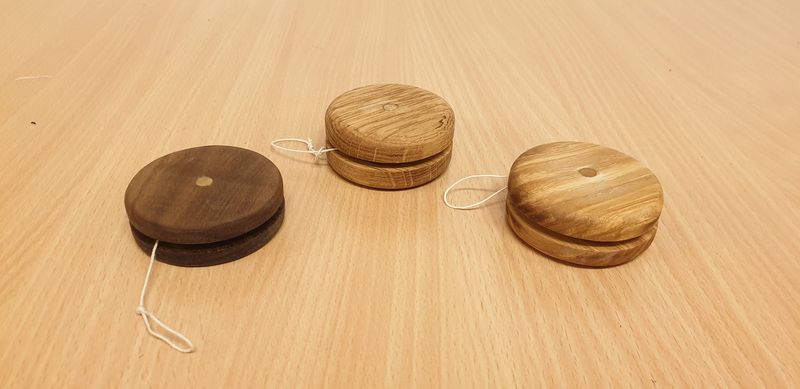
Homemade yo-yos were a staple of 1960s playtime, crafted from wooden disks and string by resourceful kids. Though simple in design, these toys offered endless challenges as children learned to master tricks and spins.
Creating a yo-yo was a lesson in craftsmanship and physics, teaching balance, momentum, and precision. Each successful trick was a badge of honor among friends, sparking friendly competitions to see who could pull off the coolest moves.
More than a fleeting fad, these DIY yo-yos embodied the hands-on fun that defined a generation’s approach to play and invention.
16. Homemade Cardboard Castles
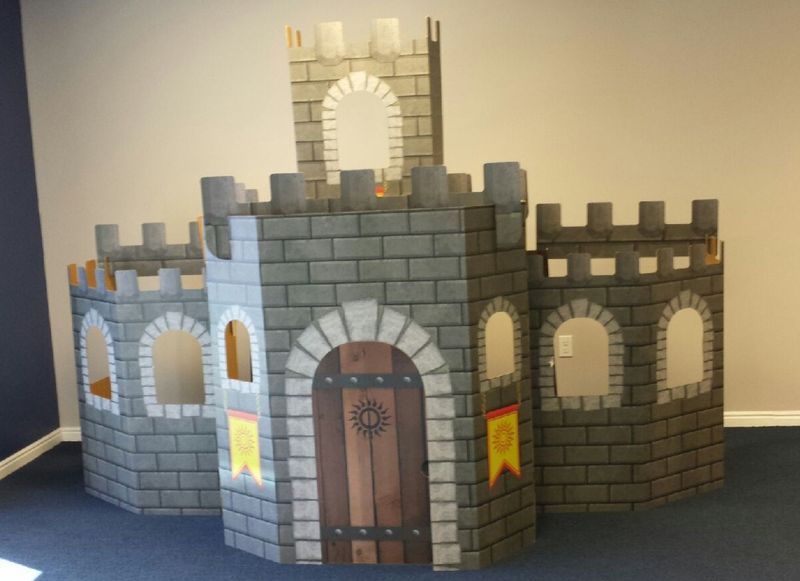
Finally, cardboard castles were a favorite among young knights and princesses. Children would gather large boxes from their parents’ shopping trips and transform them into grand fortresses. A pair of scissors, some paint, and a lot of imagination were all that was needed.
These castles often included drawbridges, towers, and even secret passageways. Kids enjoyed hours role-playing epic battles and rescues. The simplicity of cardboard offered limitless possibilities, letting each child design their unique kingdom.
Not only did these castles encourage creativity, but they also promoted teamwork when siblings or friends collaborated on more extensive designs. Unlike today’s ready-to-use plastic toys, these castles required persistence and creativity, which many consider the real treasure.
